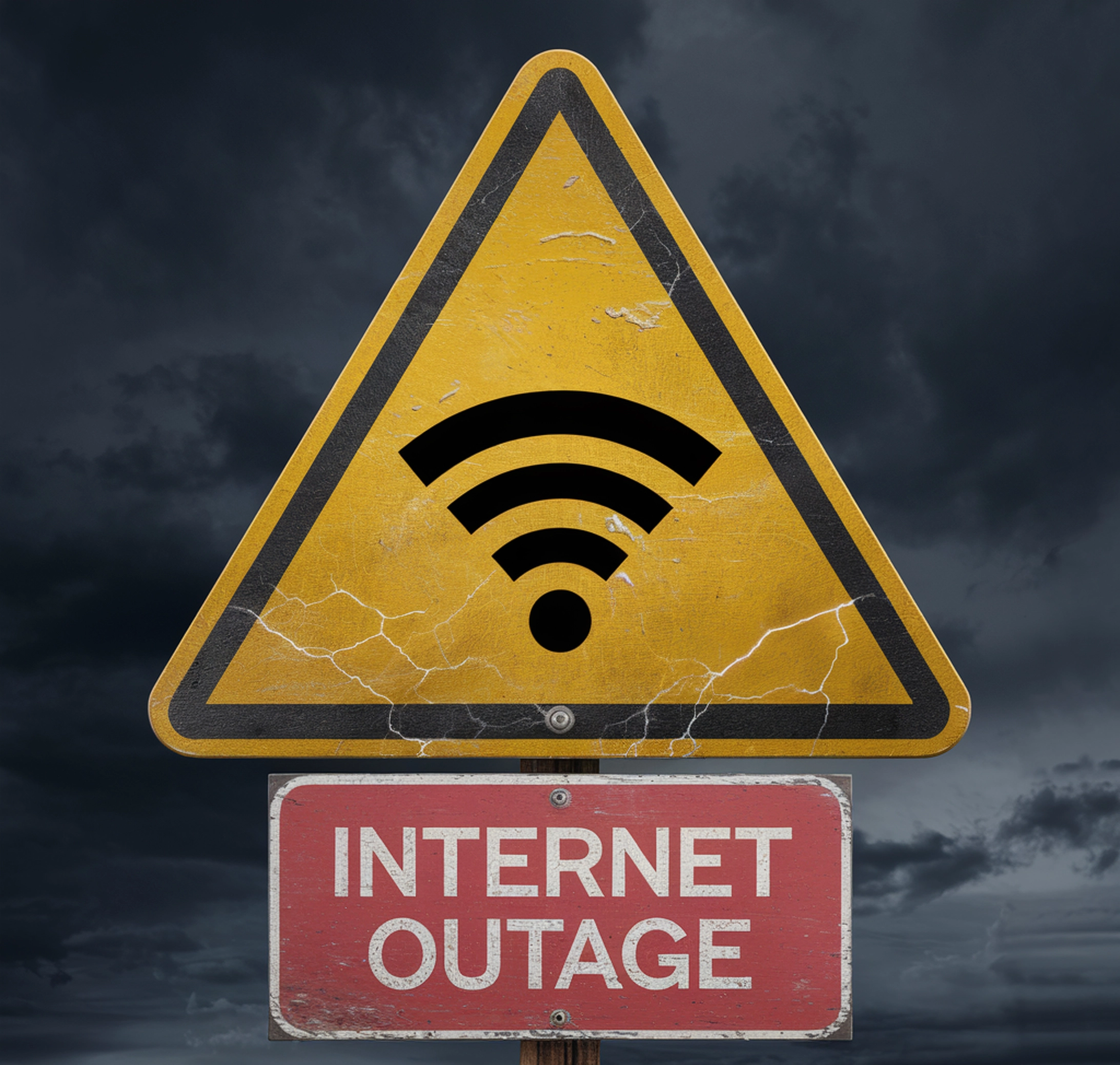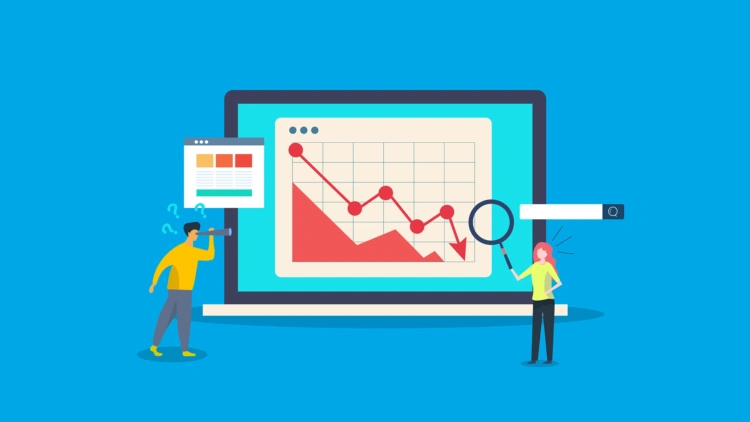What the AWS Outage Means for Your Website – and How We’re Minimising Risk for Our Clients
By Expressive Design
This week’s major outage at Amazon Web Services (AWS) has given the web-hosting world a sobering reminder of just how much so much of the internet depends on one single provider. With platforms, websites and apps across the globe impacted, we felt it was important to pull back the curtain and explain what this means for your website, and — crucially — what we do (and you can do) to stay resilient.
What happened
AWS confirmed that in its US-East-1 region (Northern Virginia) it experienced “increased error rates for multiple AWS services” and traced the root cause to a DNS resolution issue for the DynamoDB API endpoints.
The outage took effect around 03:11 ET (08:11 BST) and persisted for several hours, during which a large number of websites and apps were inaccessible or malfunctioning.
For an agency like ours, which creates, hosts and maintains client websites, this kind of disruption is a stark reminder that even cloud platforms with global scale can experience sudden failures.
Why this matters for web design & hosting
When a website is built, a lot of invisible components support its front-end look: the hosting infrastructure, databases, caching layers, content delivery networks (CDNs), backup systems, and sometimes third-party services. Many of those run on or depend on cloud platforms like AWS.
For our clients this means:
Your site may appear unaffected on the surface, but if underlying services (e.g., database access, API requests) fail, you might still suffer errors, slowdowns or downtime. If you use a single cloud region or reliance on a particular provider (like AWS US-East-1) without failover, you are more vulnerable when that provider is impacted.
End users don’t care why your site is down — they simply see “it doesn’t load” or “something went wrong”. That affects user trust, brand reputation and potentially revenue.
What we do to reduce the risk
As your web design & hosting partner, here are several measures we already apply (or are enhancing) to safeguard your site:
- Multi-region / multi-provider architecture where feasible – Rather than hosting everything in one region, we use geographic redundancy or secondary providers so that if one region fails, traffic can failover.
- Robust backups and monitoring – We ensure your website files, databases and configurations are backed up regularly and that we have alerts for abnormal behaviour (latency spikes, error rates, failed API calls).
- Failover & caching layers – By using CDNs, static caching and fallback configurations, we minimise dependencies on real-time backend services for every visitor.
- Transparent communication – If something goes wrong, you’ll hear it from us quickly, not via your customers complaining. We’ll also provide estimates for recovery and mitigation steps.
- Ongoing review – We treat events like this AWS outage as learning opportunities: what failed, what could have been better architected, how we refine our hosting plans for you.
- What you (as our client) can do
To further bolster your site’s resilience, here are some practical steps for you to consider:
- Ensure your hosting plan includes disaster recovery / failover options and ask about the region(s) your site is hosted in.
- Keep your themes, plugins and CMS versions up to date; vulnerabilities or outdated integrations can make recovery harder.
- Review your third-party dependencies (e.g., payment gateways, external APIs) — if those rely on a single cloud provider, your site might still be vulnerable.
- Prioritise communication plans: if your site suffers downtime, have ready messaging for your customers so they are not left wondering.
- Regularly test your restore/back-up process so that in a crisis you know what to do — waiting for recovery experiments during the problem is too late.
Final thoughts
This week’s AWS outage underscored a basic truth: no matter how advanced our infrastructure gets, technology fails. What distinguishes resilience is not the absence of failure but the preparation for and management of it. As your design & hosting partner, we’re committed to keeping your site running – and when things go sideways, making sure we’re ready. If you’d like to discuss your hosting setup, failover options or resilience strategy, just let us know — we’re here to help.




